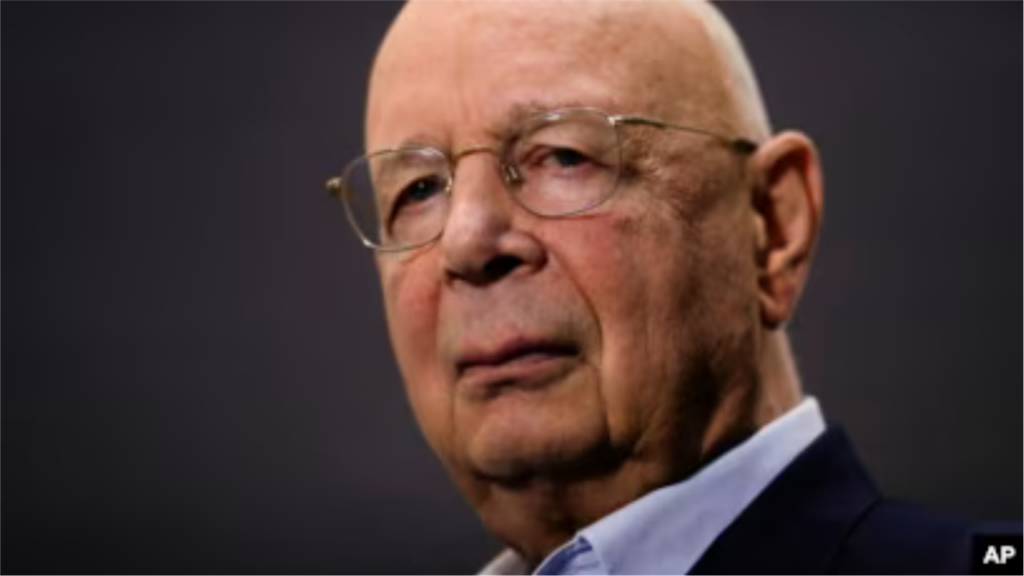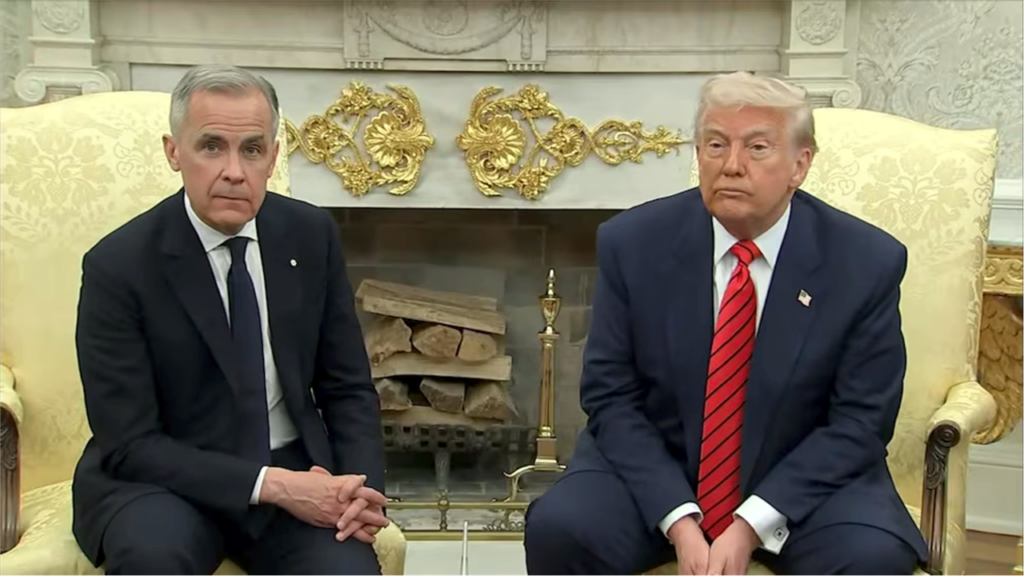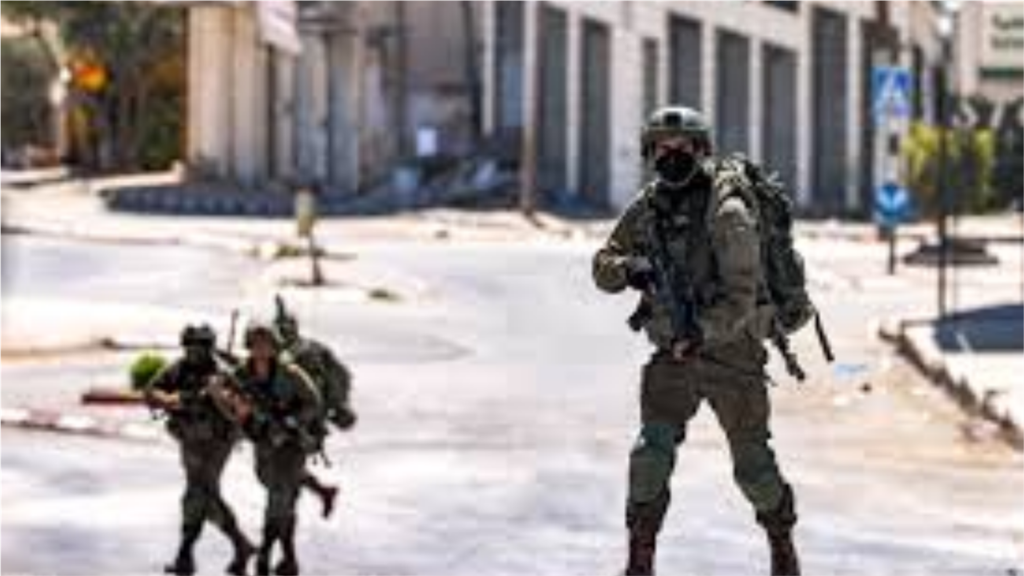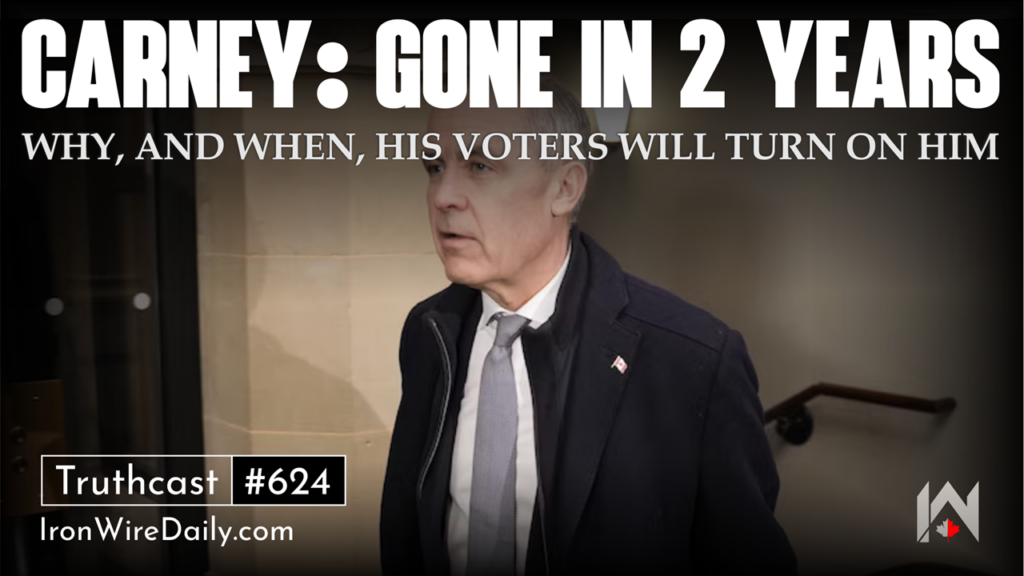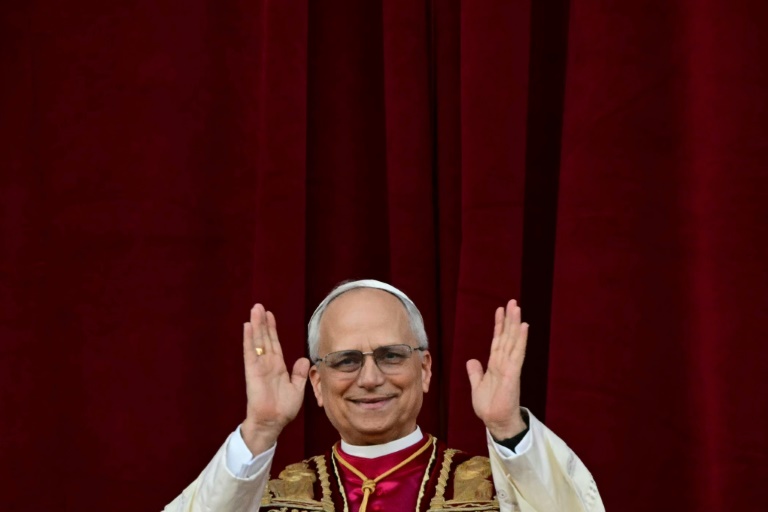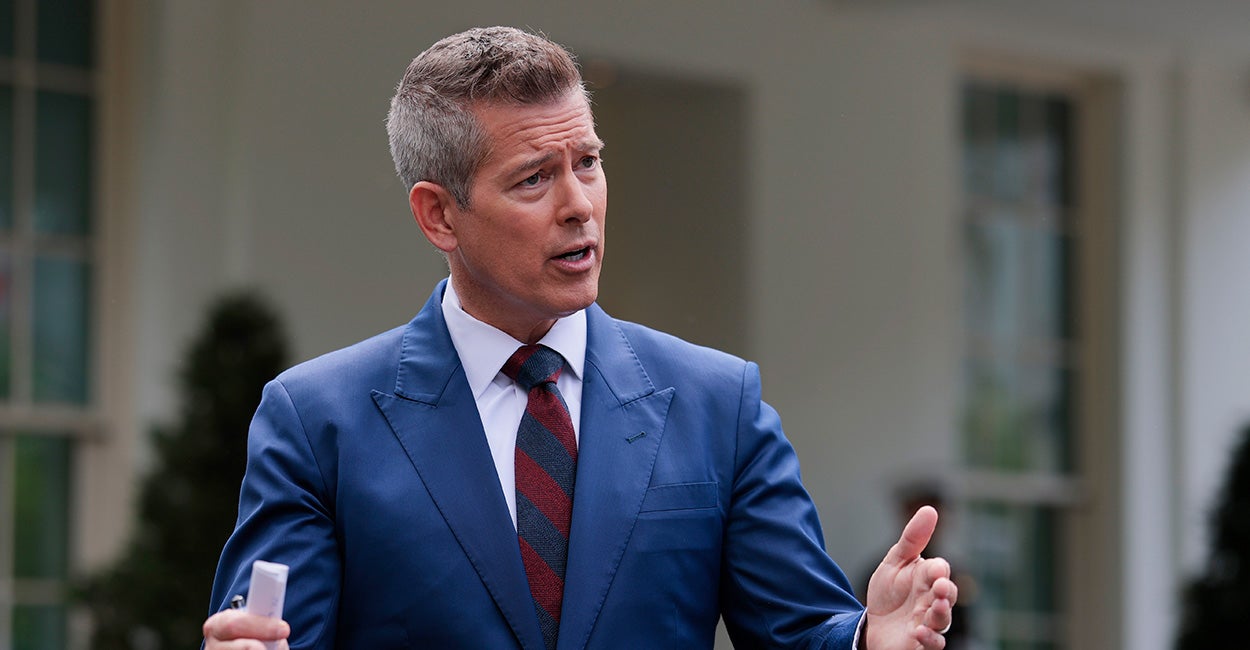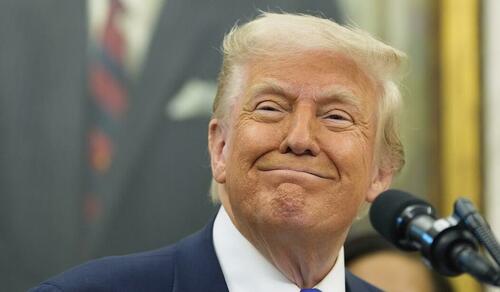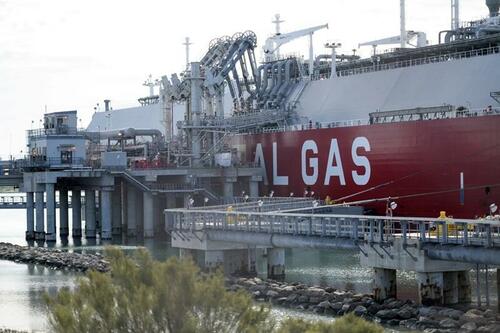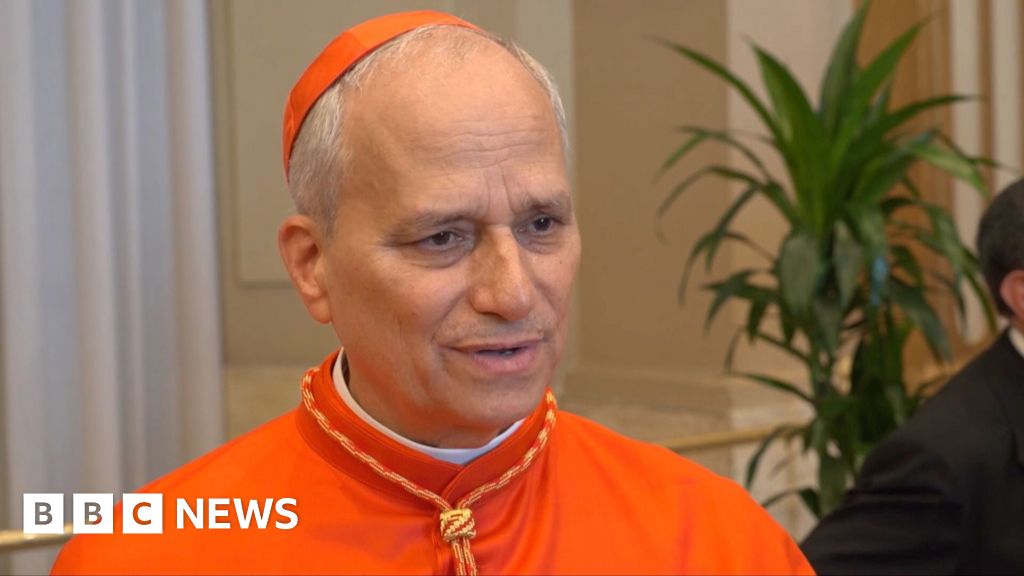EXPLAINER: The strict rules of the conclave and why the Catholic Church has them – LifeSite
(LifeSiteNews) — Pope Francis’ successor will be chosen by 134 cardinals in the Sistine Chapel at the conclave beginning May 7. The winner must secure a majority of two-thirds, and up to 33 rounds of voting will take place – after which the leading two candidates would advance alone to a runoff. During this conclave (which can last anywhere from several hours to four years in extremis) an uncompromisingly strict policy of seclusion and discretion is rigorously maintained.
No mere arbitrary custom preserved for its own sake as an antique, the Church applies centuries of wisdom alongside tried and tested practices as a bulwark to safeguard and shield the sacred process of selecting a new pope by keeping all worldly influence well at bay.
This should not be considered an idle concern, as down the centuries to the present day the influence or blackmail of nefarious political, dynastic, and financial interest groups have consistently been a very real threat at papal conclaves.
Hence the cardinal-electors, often referred to as the “Princes of the Church,” while electing their monarch will be escorted from their accommodations nearby in the Domus Sanctae Marthae to the Sistine Chapel. Once inside, the Master of Papal Liturgical Celebrations declares the Latin phrase “Extra omnes!” (“Everyone out!”) to signal that only the prelates may remain. The Swiss Guard and Vatican Gendarmerie are stationed to ensure there is no contact with the outside.
The cardinal-electors are furthermore prohibited and strictly prevented from having any access to phones, internet, or email.
Speaking to the press, leaking information, and using recording devices or any making form of communication with the world outside are similarly forbidden. Since John Paul II’s 1996 apostolic constitution Universi Dominici Gregis, they even carry the penalty of a latae sententiae (automatic) excommunication.
During the conclave that elected Pope Francis in 2013, Vatican technicians swept the Sistine Chapel for electronic surveillance devices. A “jammer” was deployed to block any outside signals. In recent times, false floors under the cardinals’ accommodations have even been constructed to prevent wiretaps. They are not so much as permitted to write letters. The message: this is a time of prayer, not politics.
Such precautions may seem extreme to some, but the Catholic Church has firm reasons for maintaining this sacred tradition. Considering the history of the papacy and its process of election will help the faithful understand why – and what shall be at stake from May 7.
Join Bishop Strickland’s novena for a holy pope:
The origins of the conclave
The term “conclave” – a derivative of cum clave meaning “with a key” – was first magisterially used in the 13th century.
Its meaning simply owes its origins to the tradition – formalized and enforced since Pope Gregory X’s 1274 decree Ubi periculum at the Second Council of Lyon – that cardinal-electors are locked in the chapel or premises where the election is to take place during working hours until a decision has been reached.
This tradition is owed to the frustrated involvement of laymen and women, impatient with clerics not doing their job. It emerged following the death of Pope Clement IV in 1268 under circumstances which offer a stark and enduring lesson still applicable for today – and which warned the Church of the dangers of factionalism, exterior political influence, gridlock and inefficiency.
Following Clement IV’s death in 1268, the Chair of Peter was left vacant for nearly three years, as the College of Cardinals, bitterly divided between pro-French and pro-Imperial (German) factions, failed to rise above political loyalties. The subsequent conclave held in Viterbo was deadlocked. No decision was reached, and it soon became a tragic symbol of paralysis, where personal ambition and secular entanglements eclipsed prayerful discernment and fidelity to the Holy Spirit.
Meanwhile, administratively, the Church was paralyzed without a pope to confirm bishops, resolve jurisdictional disputes, or lead critical reforms. Many dioceses were left without proper oversight, weakening discipline and pastoral care. Heretical movements like the Cathars still simmered in parts of Europe. Unresolved tensions with the Eastern Orthodox Church (following the Fourth Crusade, in which Constantinople was sacked by mutineer Venetians, Germans, and Frenchmen later excommunicated by the pope) and mounting spiritual confusion called urgently for strong papal leadership – yet none was found.
Cardinals were allowing the Church to suffer due to their personal designs and wishes not to disappoint their partisan patrons and political masters. Careerism and misplaced priorities existed then; they exist still.
As months turned into years, the faithful grew disillusioned, and the people of Viterbo, scandalized by the cardinals’ inaction, took drastic steps. They locked the electors inside the conclave hall, restricted their food, and even removed the roof to expose them to the elements – all in an effort to force a resolution.
This humiliating episode laid bare the spiritual cost of clerical complacency and political manipulation, but it also marked a turning point: Pope Gregory X, elected at last, instituted strict conclave rules to prevent such a debacle from recurring. The crisis of 1268 stands as a stark reminder that when the Church compromises with the powers of this world, she imperils her divine mission and the souls entrusted to her care.
Battling nefarious influence: historical attempts to control or subvert the Church
Throughout history, the Church has faced relentless attempts by temporal influences to subvert her divine mission. From emperors to banking families, kings to secret societies, the papacy has often unpopularly stood in the way of the designs of ambitious worldly powers.
In the 14th century, the French crown effectively “kidnapped” the papacy, an exile during which seven successive popes reigned not from Rome but from Avignon, France – under the watchful eye of the Capetian monarchy. During the Renaissance, the powerful Medici family produced Popes Leo X and Clement VII (as the Borgias produced Alexander VI), each of whose reigns were marked by varying degrees of nepotism and political favoritism. Holy Roman Emperors likewise on multiple occasions demanded the election of a specific candidate and on others even attempted to depose ruling popes.
The 18th century saw the entire Jesuit order (the Church’s missionary spearhead in Latin America and Asia) suppressed largely due to pressure from Bourbon monarchs in France, Spain, and Portugal, who feared the order’s allegiance to the pope as they sought to confiscate Church property or implement secularizing reforms according to the day’s fashionable Enlightenment ideas. These episodes only reinforce the necessity of the conclave’s seclusion, shielding the barque of Peter from the political storms that gather in every age.
Modern meddling: the world still tries to influence the papacy
While the conclave’s seclusion was born from medieval necessity, modern history proves its relevance is greater than ever. During the 1903 conclave, Austrian Emperor Franz Joseph attempted to veto the election of Cardinal Rampolla – a power monarchs had exercised for centuries – prompting Pope St. Pius X to abolish secular interference once and for all.
In the 20th century, Soviet archives revealed that Stalin’s regime attempted to infiltrate the Vatican, planting spies and influencing Church leadership through proxy agents. In the 1970s and ’80s, there were persistent claims of Freemasonic infiltration, highlighted by the Pecorelli list and the exposure of the Propaganda Due (P2) Lodge, whose members included high-ranking clergy and Vatican bank affiliates. In case any were to think this an abstract concern, such influence even led to a high-profile murder as recently as 1982 when Roberto Calvi, a Masonic banker involved with Vatican finances, was found dead – hanged on Blackfriars Bridge in London.
Even today, figures within the Church acknowledge attempts by globalist interests and progressive political movements to sway Vatican policy through soft influence, funding, and ideological pressure. These examples are not conspiracy – they are history. And they reaffirm why conclave secrecy is not only prudent, but indispensable.
A sacred fortress in a profane age
Though the Church is indeed divine, it is nevertheless governed by men subject to the temptations of the Enemy. The Church has had those who would compromise her – or have her compromise herself – amongst her from the very beginning. This is why the traditions of the conclave remain a fortress of fidelity. Their strict rules may seem severe to outsiders, but to the faithful they are a beacon of hope. The world may change, but the Church must not be swayed by it. The conclave’s seclusion is a gift: an assurance that the choice of Peter’s successor is guided not by men, but by God.
With significant divergence of both interests and belief among the cardinals as to what sort of profile is best fit to lead the Catholic Church effectively and to fulfil Saint Peter’s task to “feed [Christ’s] lambs” (Jn. 21:17) in an image suitable to their own eyes, it is not uncommon that several rounds of voting are needed before an agreed candidate emerges.
Since the 20th century conclaves have taken no longer than five days.
Let us pray that, however long we are made to wait, the hallowed walls of the Sistine will once more echo with the prayers of cardinals truly seeking the voice of the Holy Spirit – not the applause of the world.
